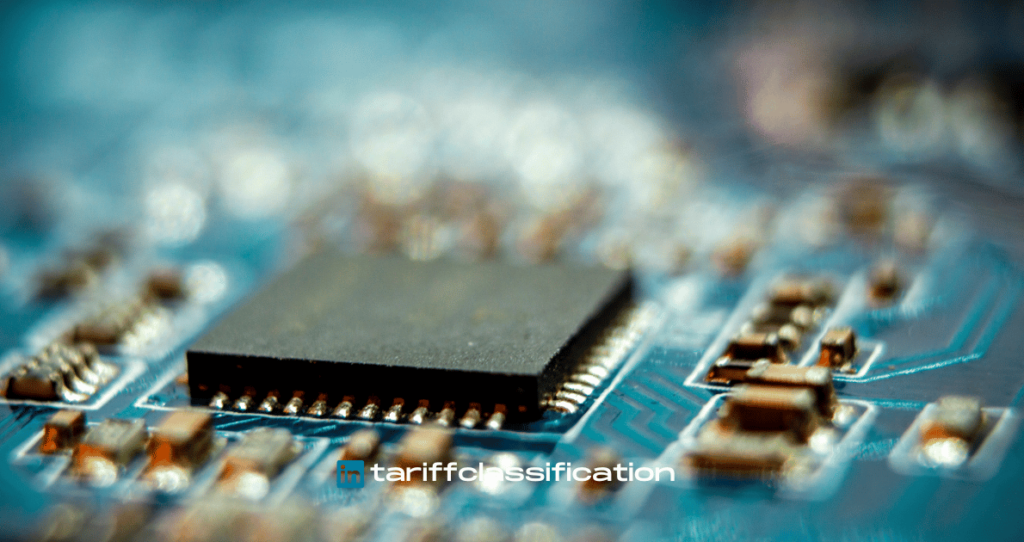The Commodity
Read-only memory (ROM) is a type of non-volatile memory used in computers and other electronic devices. ROM stores data that cannot be modified, or is difficult to modify, once it is programmed. ROM is used for storing firmware, which is a type of software that is responsible for the basic input/output system (BIOS) in computers. It is also used for storing system parameters such as the system clock and system configuration.
The figure depicts an example of a read-only memory (ROM) chip called an electrically erasable programmable read-only memory (I2C bus E2PROM). This particular chip is an 8-pin monolithic integrated circuit with a storage capacity of 32 Kbits. It is an I2C bus-compatible device, meaning that it can be connected to a computer’s I2C bus for communication and programming.
The chip is designed for use in embedded systems and can be used for data storage and retrieval. It is programmed using a special programming device and the contents can be changed without the need to remove the chip from the system. This makes it ideal for applications where data needs to be frequently updated or changed.
The I2C bus E2PROM is a reliable and cost-effective solution for embedded systems requiring non-volatile data storage. With its small form factor, it is also suitable for portable devices. It is a great choice for applications that require an efficient and reliable data storage solution.
Tariff Classification
EEPROM (Electrically Erasable Programmable Read-Only Memory) is an important component in modern electronics that can store data even after power is removed from it. The 8542.30.0051 subheading in the Harmonized Tariff Schedule of the United States (HTS) is the tariff classification for EEPROM. It covers the importation of devices that are electrically erasable and programmable, with the ability to retain information after power is removed.
The 8542.30.0051 subheading is intended to cover all types of EEPROMs, including flash memory, serial EEPROMs, parallel EEPROMs, and other forms of programmable read-only memory. It applies to all EEPROMs regardless of their size, speed, or other characteristics. The subheading also applies to products that contain EEPROMs as components.
The HTS provides the applicable duty rates for imported EEPROMs and products containing them. The duty rate is determined by the country of origin and the type of EEPROM. In general, the duty rate is 0 percent for imported EEPROMs, but higher duty rates may apply if they are imported from certain countries.
Law and Analysis
The tariff code 8542.32.0051 applies to an electronic integrated circuit, memory, not specified in note 9(b), items 3 and 4, product specified in this chapter, electrically erasable programmable read-only memory (E2PROM), non-flash E2PROM – memory in monolithic integrated circuit form. This type of integrated circuit is typically used to store data or program code.
The tariff code 8542.32.0051 applies to the integrated circuit memory in monolithic form, which means it is composed of multiple components that are all integrated onto a single chip. It is electrically erasable, meaning that existing data can be erased and new data can be written in its place. It is also programmable, allowing it to store data or instructions that will be used by a computer or other electronic device.
The tariff code 8542.32.0051 applies to the non-flash E2PROM, meaning that it does not use flash memory technology. Flash memory is a type of non-volatile memory that can retain data even when power is removed, while non-flash E2PROMs require power to retain data.
